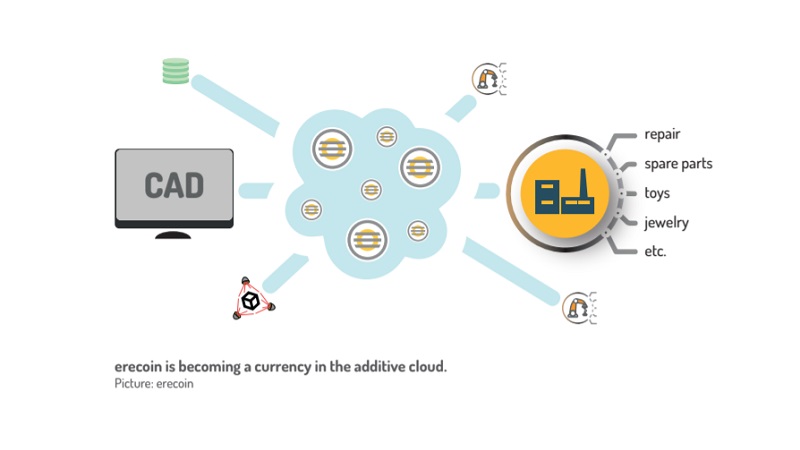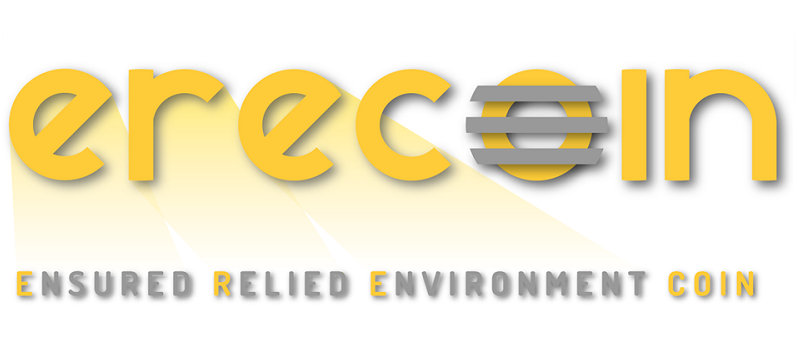Range of Applications
Generative Manufacturing Methods or Additive Manufacturing is a rapidly growing industry. In the past eight years, the industry has undergone constant growth and has emancipated itself from the initial raison d’être of “prototyping”. Amongst other things, the high growth rate is due to the development of new interesting applications and new procedural techniques.
In the 1980s, the first methods and processes were developed and patented. The use of generative methods was limited to a few areas with limited application scenarios. The application was mainly designed for the production of prototypes and demonstration models. A protection mechanism by patent law and the availability of computing power to solve computer-aided operations favored the emergence of oligopolies in the generative market.
With the expiry of individual patents starting in 2009, the competition was intensified by new companies and their idea development of the deployment scenarios. In addition, strong public interest has contributed to widespread Additive Manufacturing Technology in the low price segment.
DIGITAL PRODUCT DEVELOPMENT
Additive manufacturing is directly related to a systematic and agile product development. Digitally supported product development using additive manufacturing technology creates direct competitive advantages by changing the products and the required infrastructure. The integration of additive manufacturing significantly shortens the time from product idea to market launch. Experimenting, visualizing and testing with 3D models become a development philosophy throughout development.
AEROSPACE ENGINEERING
Aerospace engineering was among the early adopters of additive technologies. In this industry, it is not the unit costs that matter the most,
but the savings of aviation fuel during the entire operating life of an aircraft.
MECHANICAL ENGINEERING
In mechanical engineering, an important keyword in terms of additive manufacturing is functional integration. If generative design increases the functionality of a product and/or reduces the number of parts in the product, this can be a weighty argument for a possibly higher unit cost. A smaller number of parts and production steps also reduces labor and assembly costs as well as quality risks. Integrating an assembly into a single part can also reduce the number of value-adding/value creation stages of the company-wide supply chain, eliminating coordination costs with a part supplier.
AUTOMOTIVE/MOBILE INDUSTRY
With regard to the attractiveness and the areas of application in mass production, the automotive industry should be considered. Successful examples of indirect use can be seen, in the production of vehicles: (casting) molds for pressing body, components can be constructed significantly easier using additive techniques. This saves energy during each pressing process. Even the direct use of lightweight components on honeycomb structures or cavities is conceivable.

Supply Chain
In a supply chain, Additive Manufacturing leads to substantial structural changes and a shorter value-adding process. The conventional division of labor between several companies is simplified and shortened by the integration of Additive Manufacturing. At the same time, infrastructural costs for machine investments and storage costs are partially minimized. Additive manufacturing in combination with classical value creation methods reduces total costs in the supply chain and enables a flexible organization.
The combination of a change in the supply chain and an individual component design offers great potential for insourcing. Instead of outsourcing orders, Additive Manufacturing takes place regardless of location and transport route. Insourcing reduces uncertainty in economic activity between individual markets.
The new level of flexibility in the value chain is causing increased reshoring, which reduces wage and coordination costs and makes the relocation of production from low-wage countries to sales regions profitable.
Medicine
Additive manufacturing is already successfully applied in medical technology. As a basis, 3D data from computer tomography or 3D scanners, for example, are used to produce individual prostheses and orthoses or aids. Both additive and commercial manufactured medical products are subject to particularly high demands. Legislators attach particular importance to the safety, quality, and conformity of the products.
Especially prostheses and orthoses in their geometric complexity and their lightweight construction requirements play an important role for the additive manufacturing. The cost and lightweight advantages of additively manufactured prostheses and orthoses allow the affected people free access to a better life.
Other applications are demonstration and exercise models, produced by 3D printers for medical staff and patients. Exercise models are used by surgeons for surgical preparation to ensure the best possible treatment for the patient.
In addition, visual aids are used by physicians to provide information about the treatment of diseased organs or parts of the body. The patient is able to understand the medical approach and complexity of very abstract terminology better and can build trust. At the same time, physicians can use printed models to prepare individual surgical procedures for organs.
THE PERFORMANCE OF ERECOIN
• The digitization of functional elements in mechanical engineering through to medical implants is made available to a wide range of users by
using the erecoin system.
• Ethical and legal issues are resolved by the use of smart contracts, without withholding information.
• The transfer and ownership of the generated 3D data are simplified by using the erecoin system.
Private application
Cost-effective semi-professional 3D printers already offer high-quality printouts for certain applications. However, the generation of suitable 3D models is associated with great effort. First online platforms or rather databases with suitable 3D models that are available for private use, already exist. However, the choice and quality of these models is very limited and not satisfactorily resolved.
It is likely that there will be an active sharing economy in the future, which will provide files without economic interest. However, as experience from comparable photo or template databases shows, the variance of the license restrictions is significant.
Since at the same time commissioning of professional 3D designers for private use is likely to remain difficult for economic reasons, the erecoin system offers a solution: The use of smart contracts allows users and designers an adequate platform for the exchange of 3D models and copyright questions.

CRITICAL DISTINCTION
Additive manufacturing technology is a relatively new technology and has limitations. When manufacturing larger quantities, the cost-effectiveness comes into competition with conventional manufacturing processes.
In addition, there are also technological limits that shift or even disappear over time. Until recently, the surface quality of additively manufactured components was a technological weak point. Within a short time, new post-processing methods that solve these problems have been established.
The anisotropic behavior of additive components is a feature that must be taken into account in the design process in order to ultimately obtain a dimensionally stable model. This fact is process-specific and requires specialized expertise and skill from the designer.
At this point, the problem of securing intellectual property in additive manufacturing arises. From today’s perspective, it is unrealistic to mark each component. At the same time legal measures such as confidentiality agreements, patents, trademarks, etc. are subject to limited protection. Uncertainty due to a lack of trust and unclear technical risks still characterize additive manufacturing.
Creation of new tasks in computer aided engineering
In the next few years, the growth of additive manufacturing technology is expected to increase. The image of a developer sitting at a table with a pencil is already outdated. Engineering is already taking place on the PC with the support of laser scanners and specialized software applications.
As digitization progresses, data becomes a real value and must be protected. Once published on the Internet, intellectual property can no longer be protected and companies, as well as individuals, can replicate the 3D models without further consent. To prevent this, the path of the file should be traceable and transparent.
